Top Software and AI Tools Every Aspiring Pricing Analyst Needs to Know
Published On 24 October, 2024
Knowing your way around the right tools and software is essential if you’re a Pricing Analyst or aspiring to become one. These aren’t just fancy programs—they’re crucial for analysing data, optimising strategies, and helping companies achieve their financial goals. By mastering these tools, you’re making your day-to-day tasks easier and opening new opportunities for career growth.
Let’s explain how each software program can help you as a Pricing Analyst, how to get started, and tips for using them effectively. While some of these programs are enterprise-level solutions that may not be readily accessible, it’s still valuable to be familiar with them. You can explore and learn about many other tools and gain practical experience with those available for personal use.
1. Excel: Your All-Purpose Pricing Companion
For many Pricing Analysts, Excel is the first tool they encounter, and it’s often the one they rely on the most. However, the key to benefiting from Excel is pushing past essential functions and using its advanced features.

How to Use Excel as a Pricing Analyst:
- Pivot Tables: With Excel’s pivot tables, you can quickly organise and summarise massive datasets. For example, if you’re analysing thousands of customer transactions, a pivot table lets you break down the data by region, product type, or sales volume. This gives you a clear view of which products are over- or underperforming at different price points.
- INDEX-MATCH & XLOOKUP: These functions allow you to pull specific data from large, complex tables. For instance, if you need to match sales data with costs to calculate margins, these functions will draw the correct figures from various sources.
- Solver: This tool allows you to optimise pricing models. By setting constraints (such as cost limits or minimum required margins), Solver can help you identify the optimal price for maximising profit. For example, you can set up a scenario where you want to maximise revenue while ensuring that the total cost doesn’t exceed a specific budget.
Tips for Excel:
- Use the Solver add-in to experiment with multiple pricing scenarios.
- Automate repetitive tasks with macros, saving you valuable time for deeper analysis.
- Apply conditional formatting to highlight anomalies in pricing trends and catch outliers early on.
2. Vendavo: Pricing Optimisation for Large Enterprises
Vendavo is one of the leading platforms enterprises use to manage complex pricing strategies, particularly in industries like manufacturing and technology. It provides advanced analytics that allows you to optimise prices based on deep segmentation and profitability analysis.
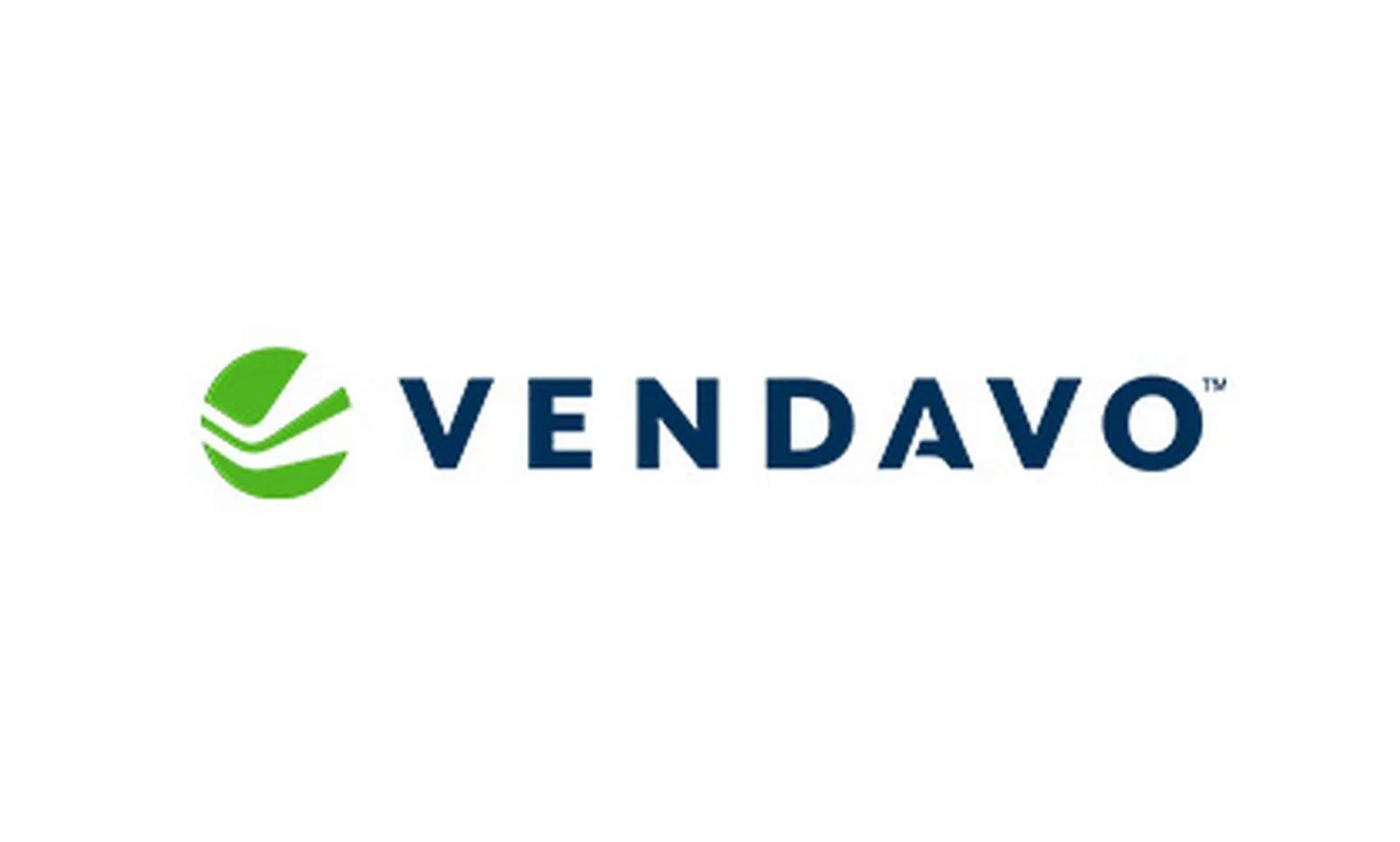
How Vendavo Benefits Pricing Analysts:
- Customer Segmentation: Vendavo lets you segment your customers by multiple factors—such as purchase behaviour, geography, or sales volume—and tailor prices accordingly. For instance, a Pricing Analyst can use Vendavo to set different prices for high-volume buyers versus occasional purchasers.
- Profitability Analysis: Vendavo’s Profit Analyser enables you to break down how pricing decisions affect profitability across product lines or markets. This is useful when determining which products should have higher markups and which require discounts to remain competitive.
- Dynamic Pricing Adjustments: If you’re in an industry where market conditions fluctuate often, Vendavo allows you to quickly adjust prices to reflect changes in demand, costs, or competitor pricing. This flexibility helps you stay agile and respond to market shifts without losing profitability.
Tips for Vendavo:
- Start small: To familiarise yourself with Vendavo’s analytics, focus on a few key segments or product lines before applying them to your entire portfolio.
- Leverage real-time data: Use Vendavo’s real-time pricing to keep your prices updated with market conditions, which is especially valuable in fast-moving industries.
3. PriceFx: Cloud-Based, Dynamic Pricing at Your Fingertips
If you’re working in a fast-paced environment like retail, e-commerce, or travel, PriceFx is the tool that keeps you ahead with its real-time, cloud-based pricing solutions. It’s designed for businesses that need dynamic and flexible pricing models.
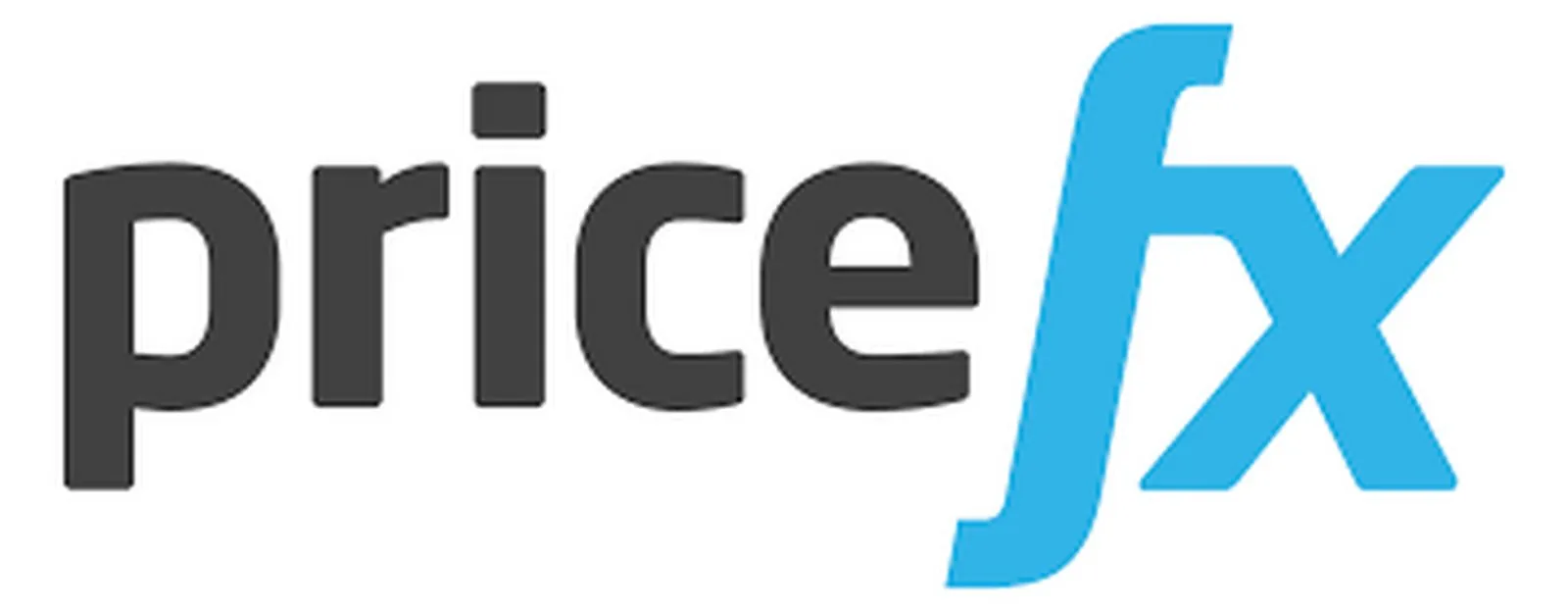
How PriceFx Helps Pricing Analysts:
- Dynamic Pricing Models: PriceFx allows you to create rules-based pricing, where prices adjust automatically based on external factors like competitor activity or market demand. For example, if your competitor drops their price, PriceFx can automatically adjust your pricing to maintain competitiveness without you having to intervene.
- Real-Time Quotes for Custom Products: PriceFx simplifies the process for businesses that offer custom products or services by generating real-time quotes based on predefined configurations. This feature ensures you always provide accurate, up-to-date prices for customised offerings.
- Predictive Analytics: PriceFx uses machine learning to analyse past data and forecast future pricing trends. This gives you a clear idea of where to set prices for maximum profitability while staying ahead of the competition.
Tips for PriceFx:
- Get hands-on: The best way to learn PriceFx is to set up real-time rules and observe how the system adjusts prices in response to external changes.
- Combine with market intelligence tools: Use PriceFx alongside competitive intelligence platforms to ensure your prices are aligned with industry trends.
4. Flintfox: Mastering Complex Pricing and Rebates
If you’re in distribution, retail, or manufacturing, where rebate programmes and promotions are a vital part of your pricing strategy, Flintfox is a powerful tool in your arsenal. Flintfox helps you manage and automate complex pricing structures in real time.
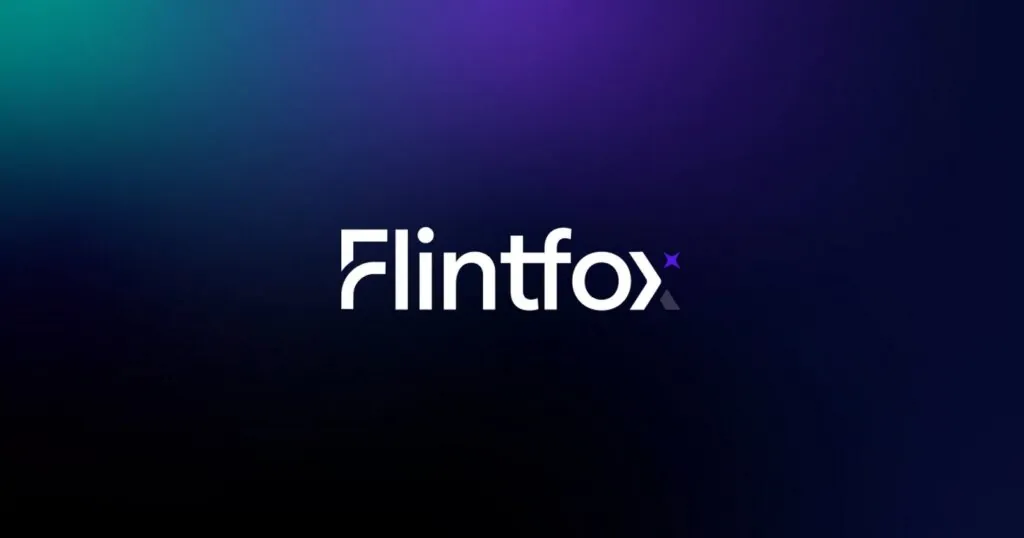
How Flintfox Can Be Used:
- Real-Time Pricing Engine: Flintfox lets you instantly manage and update pricing across all sales channels. This is particularly useful when promotions, discounts, or rebates need to be applied quickly and accurately.
- Rebate Management: Manually managing rebates can quickly become complicated. Flintfox automates rebate calculations, ensuring that all discounts and rebates are accurately applied based on your agreements with customers. This eliminates the risk of costly errors.
- Seamless Integration with ERP Systems: Flintfox integrates with ERP systems like Microsoft Dynamics, giving you access to real-time data across your business. This allows you to adjust prices based on real-time costs, sales performance, and inventory levels.
Tips for Flintfox:
- Use it to track rebate performance: Monitor how rebate programs affect your overall profitability.
- Take advantage of real-time updates: Apply changes across all channels instantly, especially during high-volume promotional periods or seasonal changes.
5. Python and R: The Powerhouses for Advanced Data Analysis
Python and R are game changers when handling large datasets and building complex models that Excel cannot. Both are essential tools for Pricing Analysts who want to explore predictive analytics and automation more deeply.
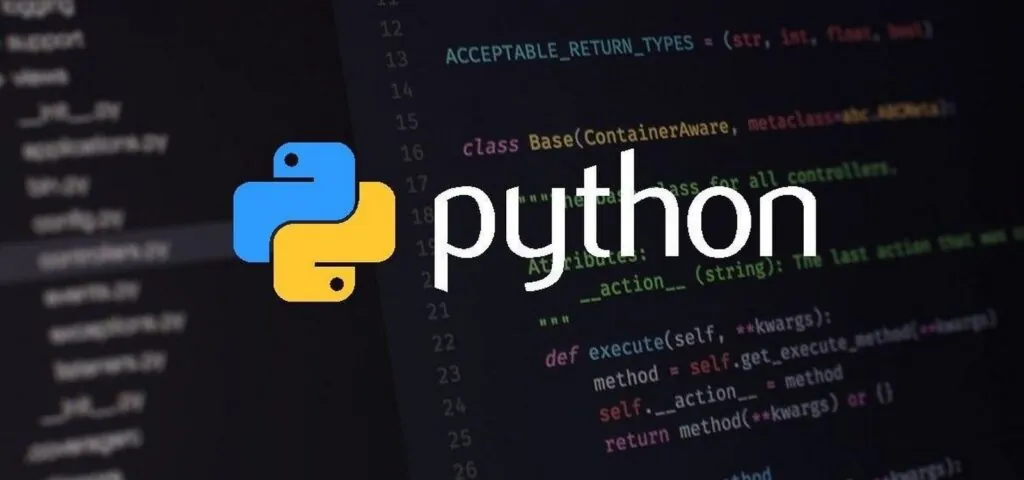
How to Use Python as a Pricing Analyst:
- Automate Data Gathering: Python’s web scraping capabilities make it easy to collect competitor pricing or market data regularly without manually checking multiple sources.
- Advanced-Data Analysis with Pandas and NumPy: These libraries make Python ideal for cleaning, filtering, and analysing data. For example, you can use Python to simulate pricing models and see how they impact sales and profits.
- Machine Learning for Predictive Pricing: Libraries like Scikit-learn can help you build predictive models that analyse historical pricing data to suggest optimal prices for the future.
How to Use R as a Pricing Analyst:

- Advanced Statistical Analysis: R’s strength lies in its ability to perform complex statistical calculations, such as regression analysis and time series forecasting. This is especially useful when you’re analysing the impact of pricing changes on sales over time.
- Custom Data Visualisations with ggplot2: R lets you create highly detailed and customisable charts to present pricing trends or forecast data visually compellingly, which can be particularly useful when communicating results to stakeholders.
Tips for Python and R:
- Automate whenever possible: Whether scraping competitor data or automating daily pricing updates, Python and R can take repetitive tasks off your plate.
- Experiment with models: Use both languages to test and refine pricing models before implementing them on a larger scale.

PROS Pricing: AI-Powered Pricing Optimisation
PROS Pricing is a cloud-based pricing platform that specialises in dynamic and personalised pricing. It uses AI to optimise pricing strategies in real time, making it ideal for industries with high transaction volumes, such as airlines, manufacturing, and distribution.

How Pricing Analysts Use PROS Pricing:
- Automating Pricing Models: PROS helps Pricing Analysts automate the creation and management of complex pricing models. This is especially useful when dealing with large volumes of data and adjusting prices quickly in response to market conditions.
- AI-Driven Forecasting: Using artificial intelligence, PROS can forecast demand and provide dynamic pricing recommendations based on competitor pricing and real-time market data. Analysts can make proactive pricing adjustments and stay ahead of market trends.
- Real-Time Price Optimisation: PROS offers real-time price optimisation, enabling Pricing Analysts to adjust prices dynamically as market conditions change, helping businesses maximise profits without losing competitiveness.
Tips for PROS Pricing:
- Leverage AI Insights: Take full advantage of AI-driven insights for proactive price adjustments, especially in industries where pricing can fluctuate rapidly based on external factors.
- Automate Routine Tasks: Use the automation features to free up time for deeper analysis and more strategic decision-making.
Zilliant: AI and Machine Learning for B2B Pricing
Zilliant is a platform designed specifically for B2B companies, offering pricing optimisation and sales guidance tools. It uses AI and machine learning to help Pricing Analysts make data-driven decisions that maximise profits while staying competitive.
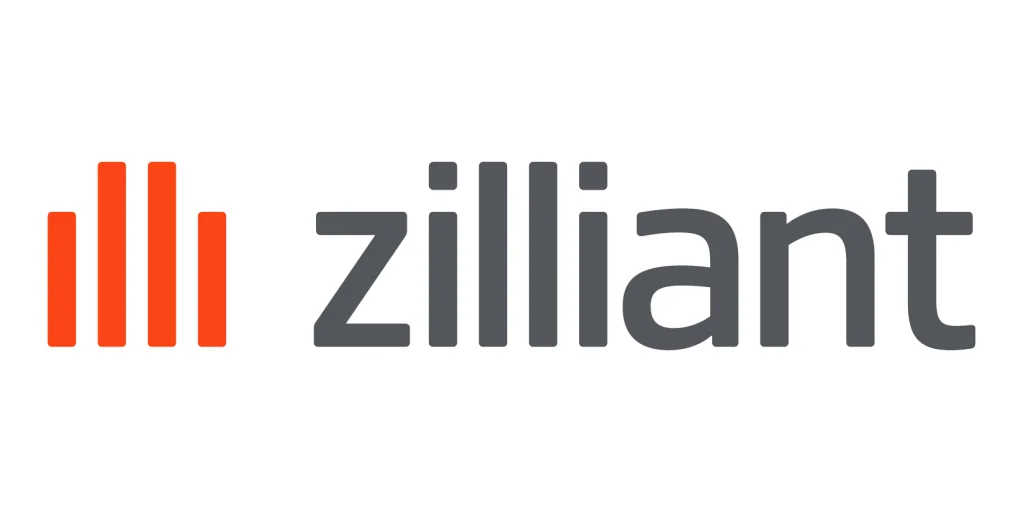
How Pricing Analysts Use Zilliant:
- Granular Pricing Segmentation: Zilliant enables Pricing Analysts to develop highly detailed, segment-specific pricing strategies. This is particularly useful for businesses with diverse product lines and customer bases, allowing analysts to fine-tune prices for each segment.
- Optimising Margins and Revenue: By analysing customer behaviour, historical data, and market trends, Zilliant identifies opportunities for price improvements and potential margin gains. Analysts can use this data to develop pricing strategies that maximise revenue without sacrificing competitiveness.
- Sales Guidance: Zilliant not only helps Pricing Analysts but also offers sales guidance, ensuring that sales teams are equipped with the most accurate and profitable pricing strategies for every deal.
Tips for Zilliant:
- Use Segmentation Tools: Utilise Zilliant’s segmentation tools to create tailored pricing strategies based on customer behaviour and purchasing patterns.
- Analyse Data Regularly: Stay on top of margin improvement opportunities by regularly analysing the platform’s AI-driven insights.
Tableau: Turning Data into Actionable Insights
Tableau is a powerful data visualisation tool that Pricing Analysts can use to transform complex datasets into interactive, shareable dashboards. It simplifies the presentation of pricing data, making it easier to communicate findings across departments.
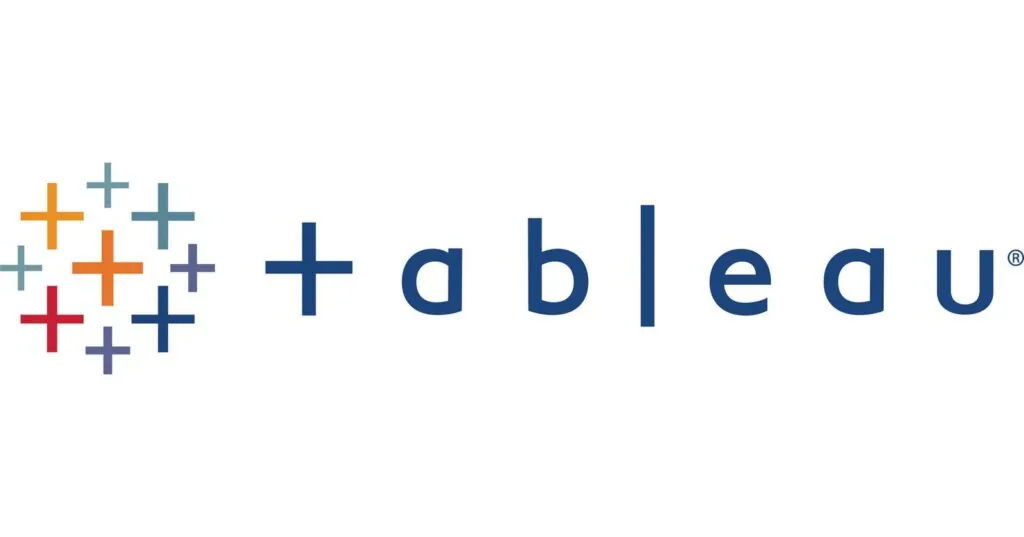
How Pricing Analysts Use Tableau:
- Creating Visual Dashboards: Tableau allows Pricing Analysts to develop visually engaging dashboards that display key pricing metrics such as sales performance, profit margins, and price elasticity. These dashboards can be shared across departments, giving stakeholders clear, actionable insights.
- Tracking Pricing Trends: By connecting Tableau to real-time data sources, you can track pricing trends and performance across different product lines, customer segments, and regions. This helps analysts monitor how pricing strategies impact overall profitability.
- Scenario Analysis and Forecasting: With Tableau’s powerful visualisation tools, Pricing Analysts can run what-if scenarios and forecasting models to predict how changes in pricing will affect revenue and margins, helping them adjust strategies accordingly.
Tips for Tableau:
- Create Real-Time Dashboards: Build real-time dashboards that track key pricing metrics, allowing you to make quick adjustments based on market changes or competitor activity.
- Use Visuals to Communicate with Stakeholders: Use Tableau’s visualisation capabilities to present complex data in an easy-to-understand format. This will ensure that key decision-makers are informed and aligned with your pricing strategies.
Mastering tools like these will give you a serious edge as a Pricing Analyst. Each platform offers specific benefits, from managing large-scale pricing strategies to automating daily tasks and creating sophisticated predictive models. By becoming proficient in these tools, you will be more efficient in your role and better equipped to deliver data-driven pricing strategies that can transform a company’s profitability.
Ready to improve your skills as a Pricing Analyst? Learn how to make profitable pricing decisions and advance your career with Pricing Fundamentals – get qualified today!



